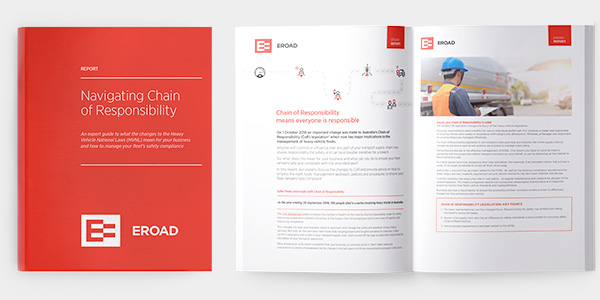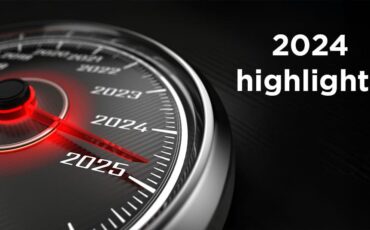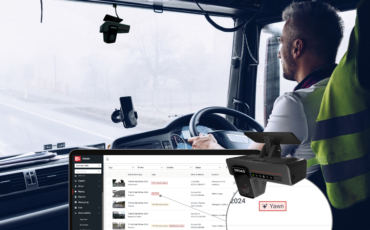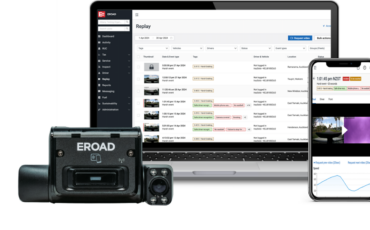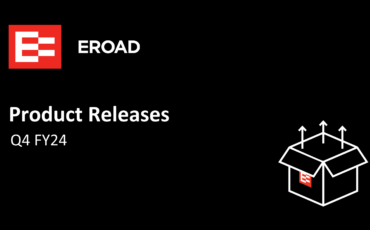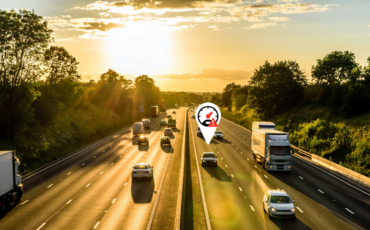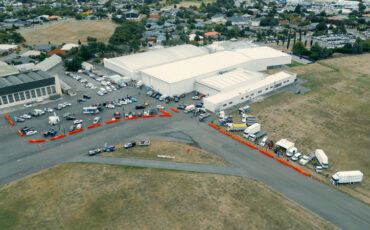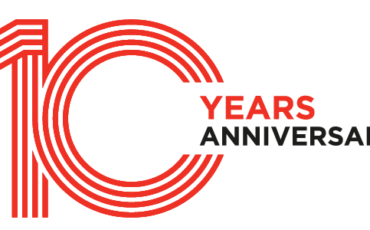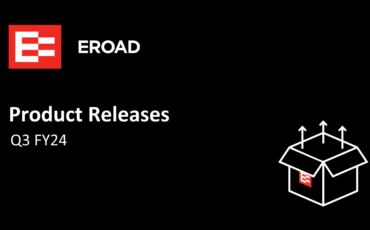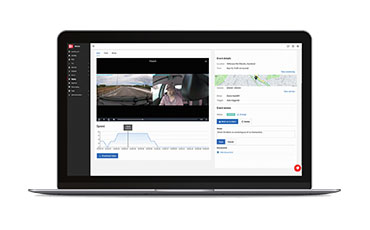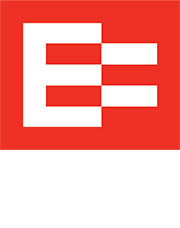Why Chain of Responsibility starts with a solid safety culture
Why Chain of Responsibility starts with a solid safety culture
Nurturing a good safety culture is not only fundamental to running your business effectively, it’s now vital to ensuring your fleet is
Chain of Responsibility compliant.
What is Chain of Responsibility?
In 2018, Australia’s Chain of Responsibility (CoR) legislation* was amended and now requires all organisations that use heavy vehicles (over 4.5 tonnes) to take a more proactive approach to safety.
This changes the way businesses need to approach and manage safety in your business as well as with your contractors.
CoR involves tougher penalities and more responsibility
Most importantly, the new laws have wider-ranging powers and tougher penalties for breaches. It also now makes everyone with a role in your transport supply chain collectively responsible for the safety of your transport operations.
Everyone, from your company directors and management team(s) to your consigners, dispatchers, loaders, contractors, partners and drivers, share responsibility for the business being compliant and running safely.
This means safety can’t simply be a bolt-on, or optional, to your company practices. Regardless of the size of your business, a solid safety culture now needs to be embedded within it.
Why a good Chain of Responsibility safety culture needs to be driven from the top
International safety expert and EROAD’s Health and Safety Stakeholder Manager Chris Evans says it’s important leaders invest in the right resources and lead from the top. “Your management team needs to ensure the right systems and resources are in place so safety is managed properly. It’s also important they lead by example. They can’t leave it to someone else to manage,” he says. “They also need to actively participate, be involved in resolutions and support the welfare of their employees. The business also needs to ensure everyone in your organisation understands their responsibilities, is accountable and does the right thing under the new Chain of Responsibility legislation.”
Good fleet systems and processes to support a solid CoR safety culture
The revised CoR laws also require businesses to have safety management systems and controls in place to identify, assess and manage risks within your business’ supply chain to:
- Manage compliance of speed, fatigue, mass, dimension, loading and vehicle standards requirements
- Involve regular reporting, including to executives
- Document or record actions taken to manage safety
Get your CoR processes up to speed
Evans says even companies starting from scratch can get up to speed with the basics of CoR fairly quickly.
“Some of it is common sense, such as looking at how frequently you get your vehicles serviced. Do you carry out pre-checks? Are you ensuring your drivers are working the right hours?
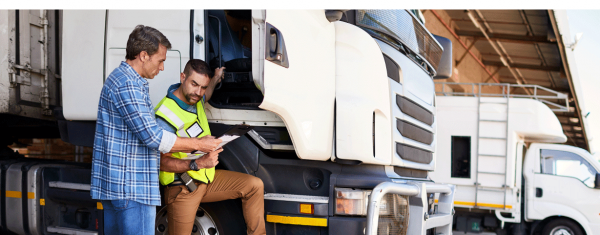
Let telematics do the heavy CoR lifting
Technology, such as EROAD’s smart telematics platform, can also help monitor that really easily for you and it isn’t difficult, or expensive, to implement.”
When it comes to CoR, Evans says there’s no single set of recommendations to suit as each business is different – but there are some fundamental basics.
“Firstly, understand the legislation and what additional things your business needs to do to comply.
Then, conduct a risk assessment to understand how it impacts you and where improvements can be made.
Talk to your partners and also understand their approach to managing CoR and ensure it is aligned with your practices and culture , Otherwise, if something happens, you may also be liable.”
Creating a safer driving culture for your fleet with technology
One of the key ways you can create a safer fleet is by nurturing a good driving culture. Technology, such as EROAD’s intelligent fleet management software, can help you do this by monitoring driver behaviour and events as well as combining big data and insights to continually help improve your driver’s awareness and skills.
Data provides a deep understanding of your business to not only give you peace of mind that it is performing as it should, but also that it is operating as safely as possible.
EROAD’s telematics platform helps you to proactively navigate the complex world of compliance. It provides you with the right tools, big data and insights to create a ‘safety-first’ culture at the same time as driving efficiencies within your business.
In effect, EROAD’s telematics solution bridges the gap between ‘after-the-event’ management reporting and in-cab, ‘behind-the-wheel’ influence on your driver’s behaviour.
EROAD’s fleet management platform combines GPS tracking, real-time data, event analysis and feedback, driver scoring and analytics on a single platform.
How EROAD’s technology works to benefit your CoR compliance:

- EROAD’s in-vehicle Ehubo2 device captures essential information in real-time on each of your driver’s as they conduct their daily driving duties
- It can provide real-time coaching feedback to remedy any issues such as harsh breaking or speeding immediately, as it happens
- The data is also available on EROAD’s desktop fleet management and reporting portal – Depot so you can keep track of all activity.

